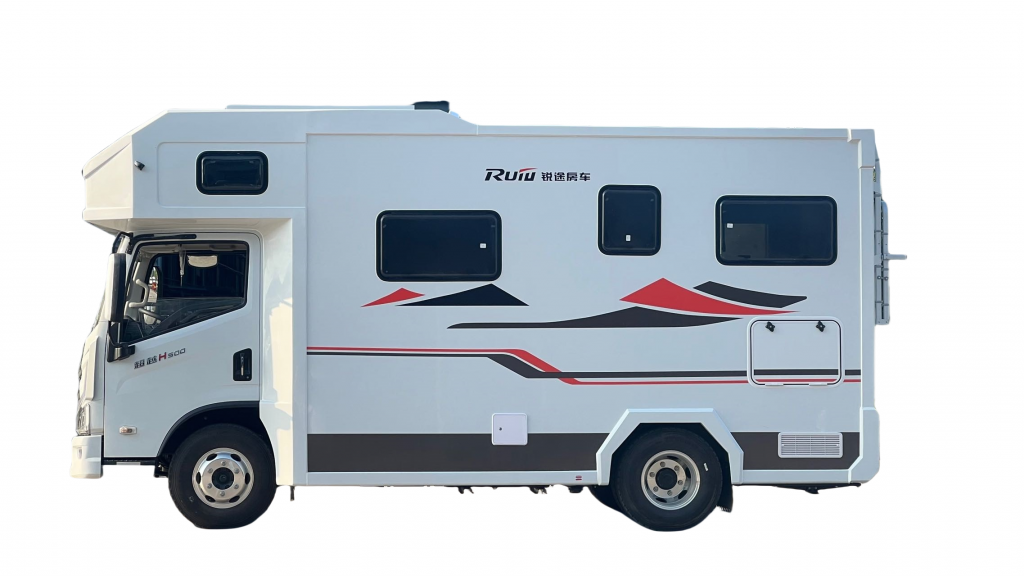The Power Behind Boom Trucks Understanding Boom Truck Engine Power
Introduction Boom trucks play a crucial role in various industries, from construction and utility services to tree care and telecommunications. These versatile vehicles are equipped with a hydraulic crane, or boom, that enables them to lift and move heavy loads with precision and efficiency. At Tanker truck cost of ownership of a boom truck lies its engine, which provides the power necessary to operate the crane and propel the vehicle. In this article, we will delve into the world of boom truck engine power, exploring the different types of engines used in these vehicles, their specifications, and the factors that influence engine performance. Types of Engines Used in Boom Trucks Boom trucks are typically powered by either diesel or gasoline engines, each offering its own set of advantages and considerations. Diesel engines are commonly found in larger boom trucks due to their superior torque and fuel efficiency. These engines are known for their durability and reliability, making them well-suited for heavy-duty applications. On the other hand, gasoline engines are often used in smaller boom trucks and provide a more cost-effective option for lighter loads and shorter distances. In recent years, there has been a growing interest in alternative fuel sources for boom trucks, with some manufacturers offering electric or hybrid engine options. Electric boom trucks are powered by batteries and produce zero emissions, making them an environmentally friendly choice for urban areas and indoor applications. Hybrid boom trucks combine internal combustion engines with electric motors to enhance fuel efficiency and reduce emissions while maintaining the power and range needed for demanding tasks. Specifications of Boom Truck Engines When it comes to evaluating the performance of a boom truck engine, several key specifications must be considered: 1. Horsepower (HP): Horsepower is a measure of the engine's output power and indicates how much work the engine can perform over time. Higher horsepower engines can handle heavier loads and operate more efficiently, especially in challenging terrain or weather conditions. 2. Torque: Torque is the twisting force produced by the engine and is crucial for lifting and moving heavy loads with the crane. Engines with higher torque ratings can provide greater lifting capacity and acceleration, improving overall performance. 3. Displacement: Engine displacement refers to the total volume of air and fuel that can be drawn into the engine's cylinders during one complete cycle. Larger displacement engines typically produce more power and torque, making them suitable for heavy-duty applications. 4. Fuel Efficiency: Fuel efficiency is a critical factor for boom trucks, as it directly impacts operating costs and environmental sustainability. Diesel engines are generally more fuel-efficient than gasoline engines, providing greater range and lower overall fuel consumption. 5. Emissions: With increasing environmental regulations and a focus on sustainability, the emissions produced by boom truck engines are a significant consideration. Diesel engines are known for their higher emissions compared to gasoline engines, while electric and hybrid options offer the benefit of zero tailpipe emissions. Factors Influencing Engine Performance Several factors can influence the performance of a boom truck engine, affecting its power output, efficiency, and overall reliability. Some of the key factors to consider include: 1. Engine Size: The size of the engine plays a crucial role in determining its power and performance capabilities. Larger engines with higher displacement and more cylinders typically deliver greater horsepower and torque, making them suitable for heavy-duty applications. 2. Transmission: The transmission system in a boom truck determines how power is transferred from the engine to the wheels, affecting acceleration, towing capacity, and fuel efficiency. Automatic transmissions are commonly used in boom trucks for ease of operation and smooth shifting, while manual transmissions offer more control over gear selection and engine braking. 3. Maintenance: Regular maintenance and servicing are essential for ensuring optimal engine performance and longevity. Proper maintenance practices, such as oil changes, filter replacements, and tune-ups, can help prevent breakdowns and costly repairs, keeping the engine running smoothly for years to come.  4. Operating Conditions: The operating conditions in which a boom truck is used can impact engine performance, fuel efficiency, and overall reliability. Factors such as temperature, altitude, terrain, and workload can all influence how the engine performs, requiring adjustments in operation and maintenance to optimize performance. Conclusion Boom truck engine power is a crucial aspect of these versatile vehicles, enabling them to lift heavy loads, maneuver with precision, and operate efficiently in various industries. Understanding the different types of engines used in boom trucks, their specifications, and the factors that influence engine performance is essential for selecting the right vehicle for specific applications. Whether powered by diesel, gasoline, electric, or hybrid engines, boom trucks continue to evolve with advancements in engine technology, offering enhanced performance, fuel efficiency, and sustainability for the future.
4. Operating Conditions: The operating conditions in which a boom truck is used can impact engine performance, fuel efficiency, and overall reliability. Factors such as temperature, altitude, terrain, and workload can all influence how the engine performs, requiring adjustments in operation and maintenance to optimize performance. Conclusion Boom truck engine power is a crucial aspect of these versatile vehicles, enabling them to lift heavy loads, maneuver with precision, and operate efficiently in various industries. Understanding the different types of engines used in boom trucks, their specifications, and the factors that influence engine performance is essential for selecting the right vehicle for specific applications. Whether powered by diesel, gasoline, electric, or hybrid engines, boom trucks continue to evolve with advancements in engine technology, offering enhanced performance, fuel efficiency, and sustainability for the future.